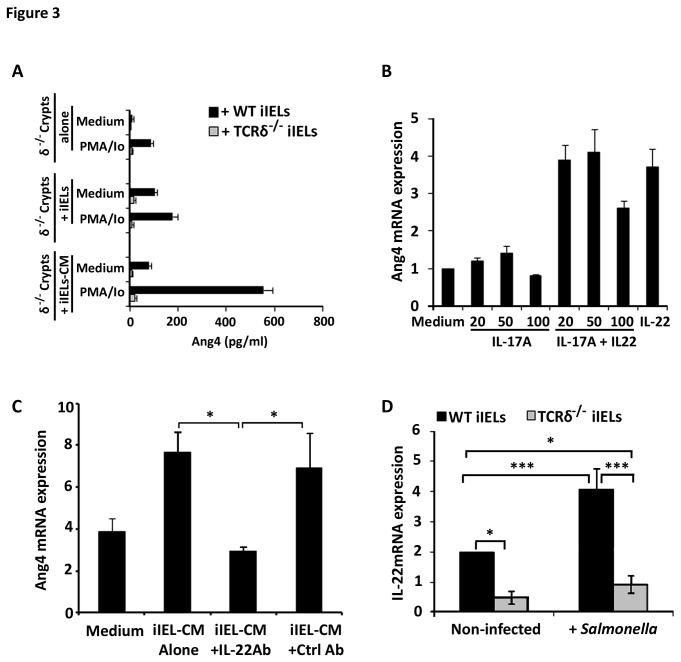Figure 3. Paneth cells produce Ang4 in response to IL‑22 of which γδ iIELs are a source.
(A) ELISA-determined Ang4 protein levels produced by small intestinal crypts (2x103) from TCRδ-/- mice after culture at 37°C for 4h in media alone (Medium) or in media containing PMA/Io. Additional crypt samples were cultured with 103 WT iIELs (+iIELs) with and without prior in vitro stimulation by PMA/Io or, with conditioned medium (iIEL-CM) obtained from 104 in vitro stimulated WT (black bars) and TCRδ-/- (grey bars) iIELs. Data (mean±SEM) were collated from three experiments. (B) Ang4 mRNA levels (qPCR) detected in isolated intestinal TCRδ-/- crypts/Paneth cells incubated at 37°C for 4h with recombinant murine IL‑17A alone or in combination with recombinant IL‑22 (100ng/ml). Control cultures contained medium or 100ng/ml IL-22 alone. Data (mean±SEM) are expressed relatively to mRNA levels obtained when crypts were exposed to medium alone and were collated from two experiments (see also Figure S2). (C) Anti-IL‑22 antibodies abrogate Ang4 expression by iIEL-CM. Small intestinal crypts from TCRδ-/- mice were cultured at 37°C for 4h with iIEL-CM in the presence or absence of neutralising anti-IL‑22 or control antibodies (Ctrl Ab). Crypt Ang4 mRNA levels were measured by qPCR and expressed relative to β‑actin mRNA, with values (mean±SEM) representative of three experiments. (D) IL‑22 expression is reduced in TCRδ‑/- iIELs. IL‑22 mRNA was isolated from iIELs of WT and TCRδ-/- mice prior to (Non-infected) and 2h post‑challenge with Salmonella by qPCR. The data (mean±SEM) are expressed relative to β‑actin mRNA and were collated from four experiments (*p≤0.05; ***p≤0.001).

